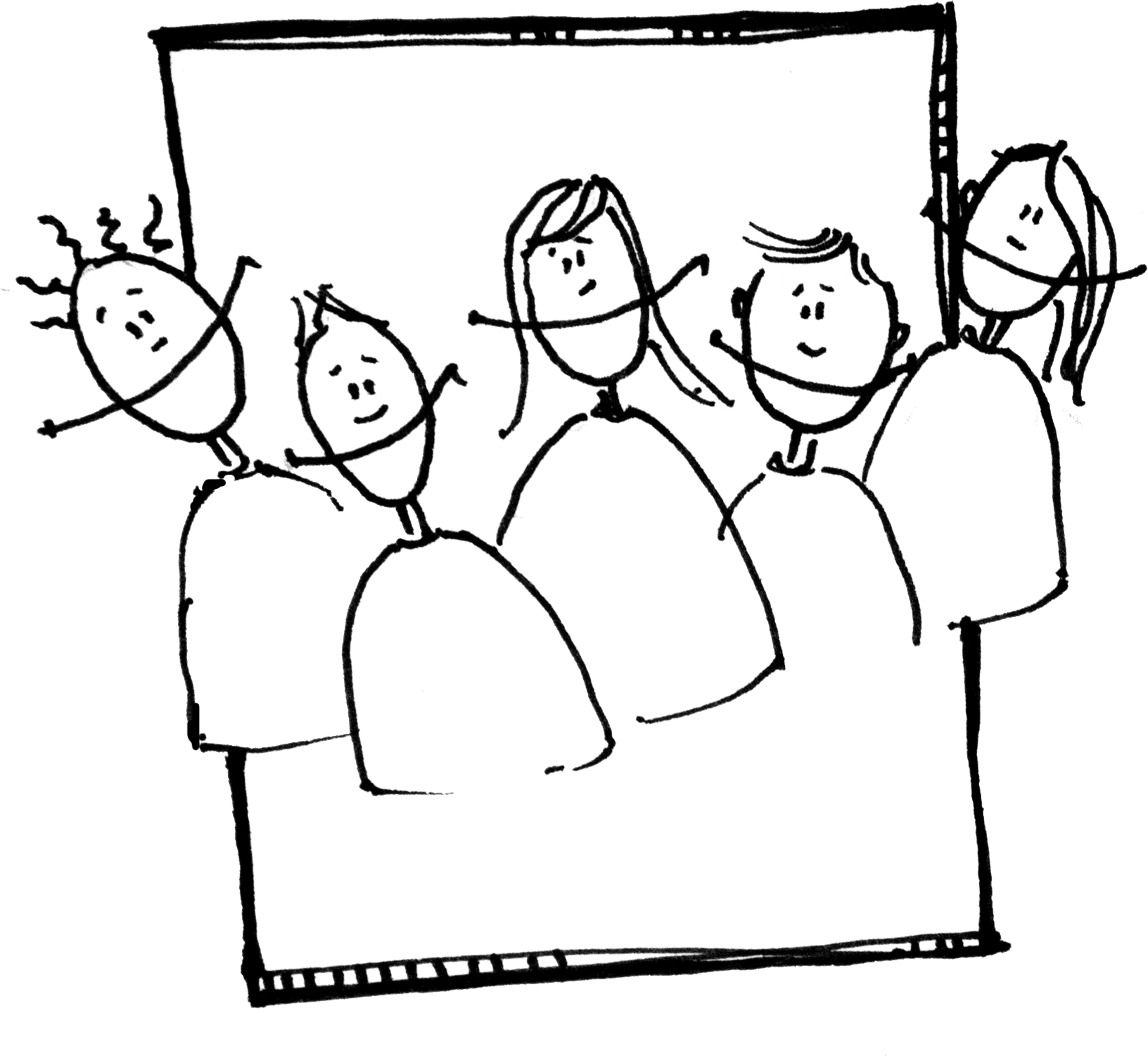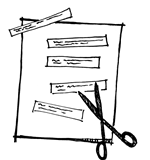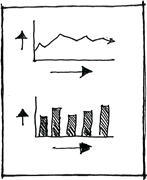So, to meet the challenge of coming up with a vision that satisfies the organization and provides value to everyone, we recommend beginning with a research and discovery phase before developing the solution. This portion of the project ensures a design direction is founded in evidence and measurement and meets end-user needs.
A research phase also captures and delivers what stakeholders want to see in an intranet or website initiative. This helps to inform future design decisions, priorities and opportunities.
Research activities for designing a website or intranet

Leadership team interviews
Interviewing senior leaders and stakeholders is where teams can match the solution with organizational goals. These interviews enable teams to have a clear understanding of a company’s goals beyond reading the published mission statement. To be successful, this portion of the engagement requires direct communication with leaders to find out where they see the company going, what means they have to achieve this vision, and how a website or intranet can support this strategy.
Interviews are also critical to generating buy-in across the organization and empowering the portal design team to make decisions based on the information the leadership team provides.

Listening labs
Listening labs are a chance to ask users about their goals and tasks as well as to observe them in their day-to-day contexts. This is a rare chance for designers to be an observer of a current solution, and it’s often the only chance to understand what users actually do—not what they say they do.
To do this, we meet with end users one-on-one from across the organization, including those who are new to the company, employees in frontline roles, and people who are often away from a computer working in the field. We ask them to walk us through a typical day, including where and how they use the existing employee or customer portal. We also ask about the things they have posted up around their workstations. Schedules, calendars, and acronym lists highlight opportunities for surfacing content that is referenced frequently or difficult to remember.

Content inventory
In the design and discovery phase of a project before we have the results of a full content audit. We start with a cursory content inventory. This is our chance to get an overview of the type of content currently on a portal or communicated outside a portal via e-mail, newsletters, advertisements, and more.
Content inventories includes breaking down the existing structure of content and identifying at a high level which areas may be relevant, redundant, or need to be created. This really is a chance to immerse ourselves in the current content and look for initial opportunities or areas that need further investigation.

Measurement
A successful research phase enables and empowers the team to make evidence-based decisions and aligns the vision and direction across all stakeholders. Digging into the details, numbers, analytics, surveys, and feedback all contribute to building an understanding of current performance, pain-points, user issues, and how we can measure information in a portal. The key is to analyze anything you can get your hands on.
Once you have this information, turn these insights into a compelling design vision and ultimately a roadmap to bring your portal to life



.jpeg?bc=white&la=en&mw=416&modified=20251202191043&hash=E64AA9DFFAE8D1AC27890831F714D5B0FA2FEBB2)

